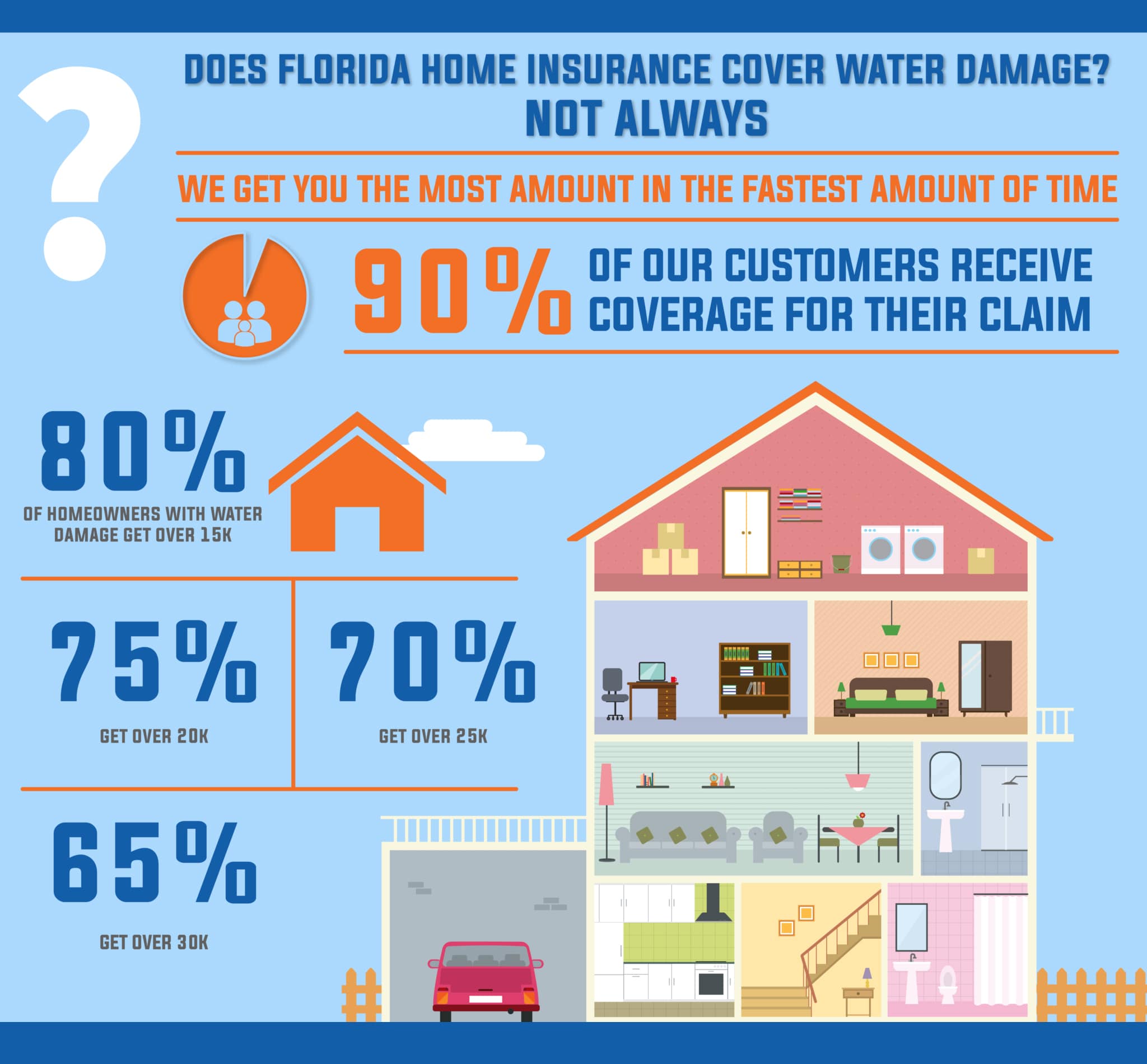Recognizing The Prices Of Solar Installment: Is It Worth The Investment?
Recognizing The Prices Of Solar Installment: Is It Worth The Investment?
Blog Article
Content Written By-Castro Stiles
When taking into consideration the expenses of solar installation, you could question the in advance financial investment called for and whether it lines up with the possible lasting benefits. Recognizing the complexities of these expenditures and the different factors affecting the total return can shed light on the value proposition of transitioning to solar energy. By reviewing both the preliminary setup prices and the projected financial savings gradually, you can acquire insight into whether the financial investment in solar installment holds promise for your monetary future.
Preliminary Setup Costs
When thinking about the expenses of solar setup, the first setup expenditures play an essential role in your decision-making process. These upfront prices consist of the rate of solar panels, inverters, placing tools, and setup labor.
The cost of photovoltaic panels can vary depending upon the brand, effectiveness, and dimension you choose. Inverters are vital for transforming the sun's power right into functional power and come in various kinds such as string inverters, microinverters, and power optimizers, each with its very own price ramifications.
Installing devices, such as racks and rails, is required to securely install photovoltaic panels on your roof or property.
The setup labor expense covers the expert setup of the solar system, making certain that everything is established appropriately and successfully. Bear in mind that while these initial configuration expenses may appear high, there are typically discounts, tax obligation rewards, and funding choices offered to help counter the prices and make solar installment extra economical in the future.
Long-Term Savings Evaluation
To understand the monetary benefits of solar setup over time, it's vital to conduct an extensive long-term savings evaluation. While the preliminary configuration expenditures of solar panels may appear difficult, the lasting cost savings can surpass these costs significantly. By utilizing relevant web-site of the sunlight to create electrical power for your home, you can potentially save hundreds of dollars on your utility costs over the lifespan of your solar system.
Among the essential variables to take into consideration in a long-lasting financial savings evaluation is the decrease in your electrical energy expenses. With solar panels, you can create your power, minimizing or perhaps eliminating your reliance on the grid. This can bring about substantial financial savings, particularly as utility prices continue to climb.
Furthermore, many governments provide rewards such as tax obligation credits and rebates for installing solar panels, better enhancing your long-lasting financial savings. By making the most of these rewards and optimizing your solar power production, you can appreciate significant economic advantages for many years to come.
Return on Investment Estimation
Thinking about the financial advantages of solar installation, it's time to analyze the Roi (ROI) calculation. Figuring out the ROI involves contrasting the overall prices of installing a planetary system with the financial advantages it creates over its life expectancy.
To compute ROI, separate the net make money from the system by the total financial investment expense and multiply by 100 to obtain a portion. The ROI formula is: (Internet Revenue/ Overall Investment Expense) x 100.
For https://solarpaneloutput01110.blogpixi.com/30543542/how-to-maintain-your-solar-panels-essential-tips-for-durability-and-efficiency , if the complete expense of setting up a planetary system is $20,000, and over its life expectancy, it creates financial savings and incomes amounting to $30,000, the internet earnings would certainly be $10,000. Dividing moved here by the complete financial investment expense of $20,000 gives a proportion of 0.5. Multiplying this by 100 provides an ROI of 50%.
Normally, a higher ROI indicates an extra financially gratifying financial investment. Elements like federal government rewards, maintenance expenses, and power price variations can affect the ROI of solar installations. Comprehending the ROI helps in examining whether buying solar power is worth it in the long run.
Conclusion
Finally, recognizing the expenses of solar installment is essential for identifying if it deserves the investment. By thinking about preliminary arrangement costs, carrying out a long-term financial savings evaluation, and determining the roi, you can make a notified decision concerning the economic value of solar power. With the capacity for decreased energy expenses and raised power freedom, buying solar installment can be a smart choice for both your pocketbook and the setting.
